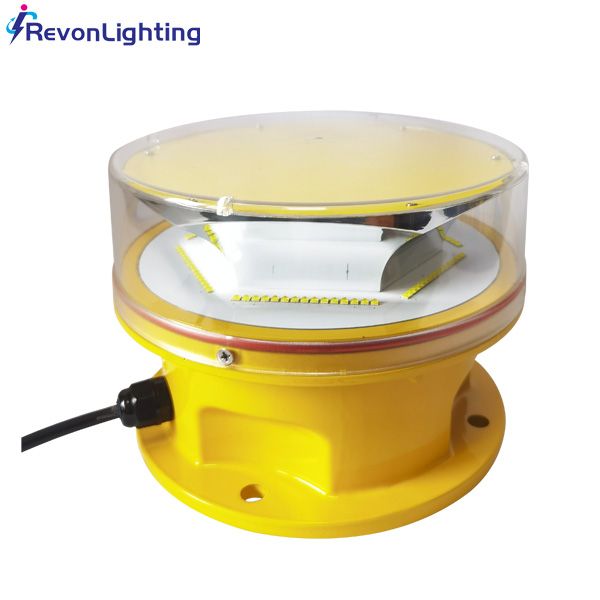Medium Intensity Obstruction Lights (MIOLs) are essential aviation safety devices used to mark tall structures such as wind turbines, communication towers, and high-rise buildings. They provide warning signals to pilots and ensure safe airspace operations. In this article, we'll discuss everything you need to know about MIOLs.
What is a Medium Intensity Obstruction Light?
A Medium Intensity Obstruction Light is a type of aviation safety device that emits warning signals to alert pilots of tall structures. MIOLs are typically used for structures that range from 200ft to 500ft in height. These lights emit a white or red flashing signal, depending on the structure's location and potential hazard.
Types of MIOLs:
There are two types of MIOLs: Type A and Type B. Type A MIOLs emit a steady burning white light, while Type B MIOLs emit a flashing red light. The choice between these two types depends on the location and the level of the structure's obstruction.

Regulations:
The use of MIOLs is regulated by international aviation organizations such as the International Civil Aviation Organization (ICAO) and the Federal Aviation Administration (FAA). These organizations set standards and guidelines for MIOLs' installation, operation, and maintenance.
Installation:
MIOLs are installed at the top of structures and require regular maintenance to ensure they function correctly. The installation process involves wiring and cabling, which connects the light to a power source and control system.
Maintenance:
Regular maintenance is crucial in ensuring MIOLs' reliability and functionality. The maintenance process includes cleaning the lens, replacing bulbs, and checking electrical connections. It is essential to follow the manufacturer's instructions and relevant regulations when maintaining MIOLs.
Conclusion:
Medium Intensity Obstruction Lights play a crucial role in aviation safety, marking tall structures and warning pilots of potential hazards. It is essential to follow standard guidelines and regulations when installing and maintaining these lights to ensure their proper functionality.